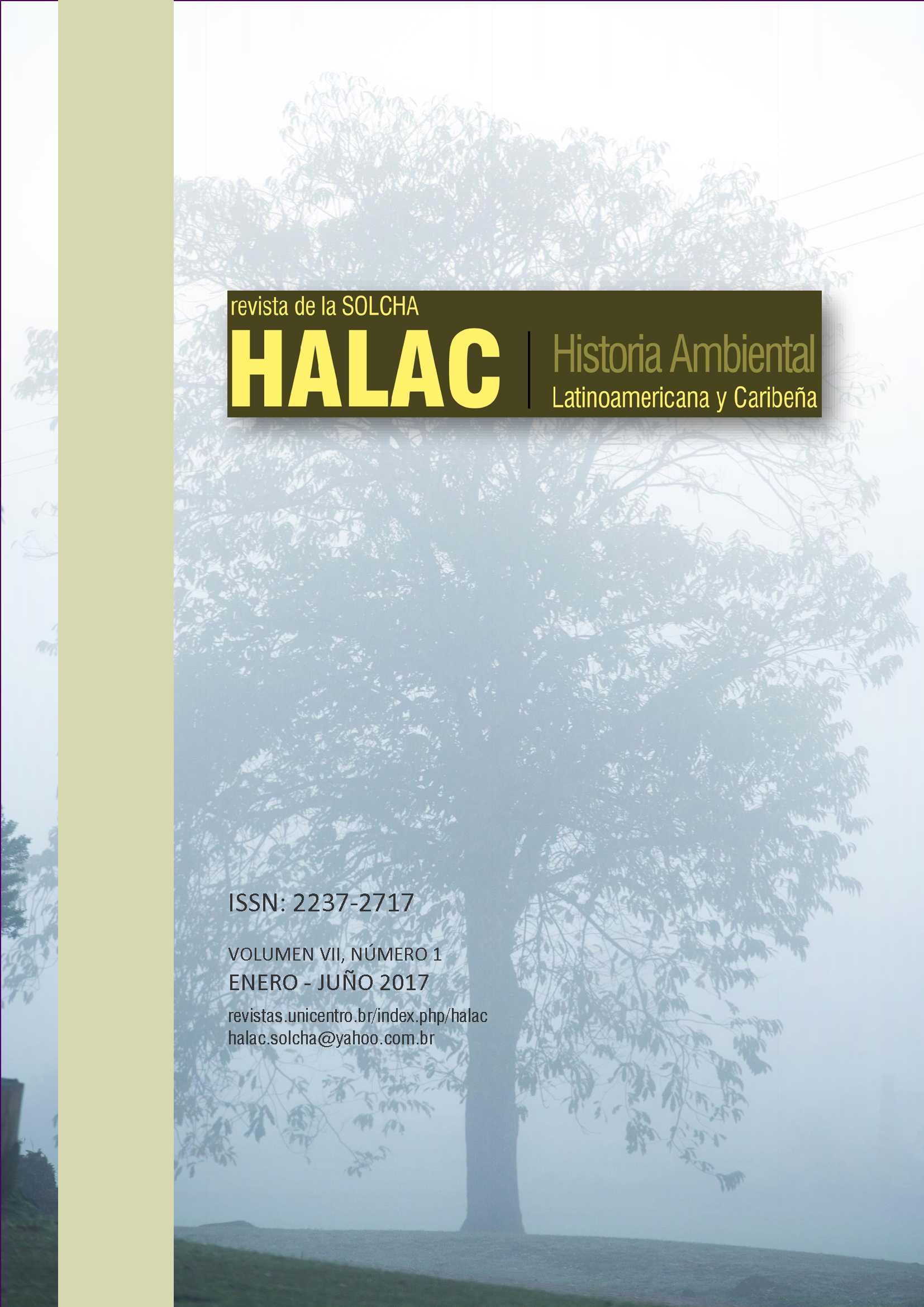The Monoculture of Araucaria angustifolia in the National Forest of Passo Fundo, Brazil (1947-1960)
DOI:
https://doi.org/10.32991/2237-2717.2017v7i1.p42-57Keywords:
National Pine Institute, Forest Park, Monoculture, Araucaria angustifolia, AgroecosystemAbstract
The region of endemic occurrence of the Mixed Ombrophilous Forest in southern Brazil, was transformed in the early XX century by the timber industry, which led to the reduction of the forest area containing wood species. On the other hand, the National Pine Institute applied the "Plan of Reforestation" as an attempt to replace the forest raw material that became scarce. This article is dedicated to narrating and analyzing the activities developed in the then José Segadas Viana Forest Park - currently the National Forest of Passo Fundo - during the years 1947 to 1960, during which time the Park had to develop experimental techniques of planting and management of native tree species Araucaria angustifolia. From the interpretation of several sources of research, it was concluded that the knowledge produced served the purposes of the National Pine Institute and that monoculture practices built a forest agroecosystem.
Downloads
Published
How to Cite
Issue
Section
License
This journal offers immediate free access to its content, following the principle that providing free scientific knowledge to the public provides greater global democratization of knowledge.
As of the publication in the magazine the authors have copyright and publication rights of their articles without restrictions.
The HALAC Magazine follows the legal precepts of the Creative Commons - Attribution-Non-Commercial 4.0 International license. 




